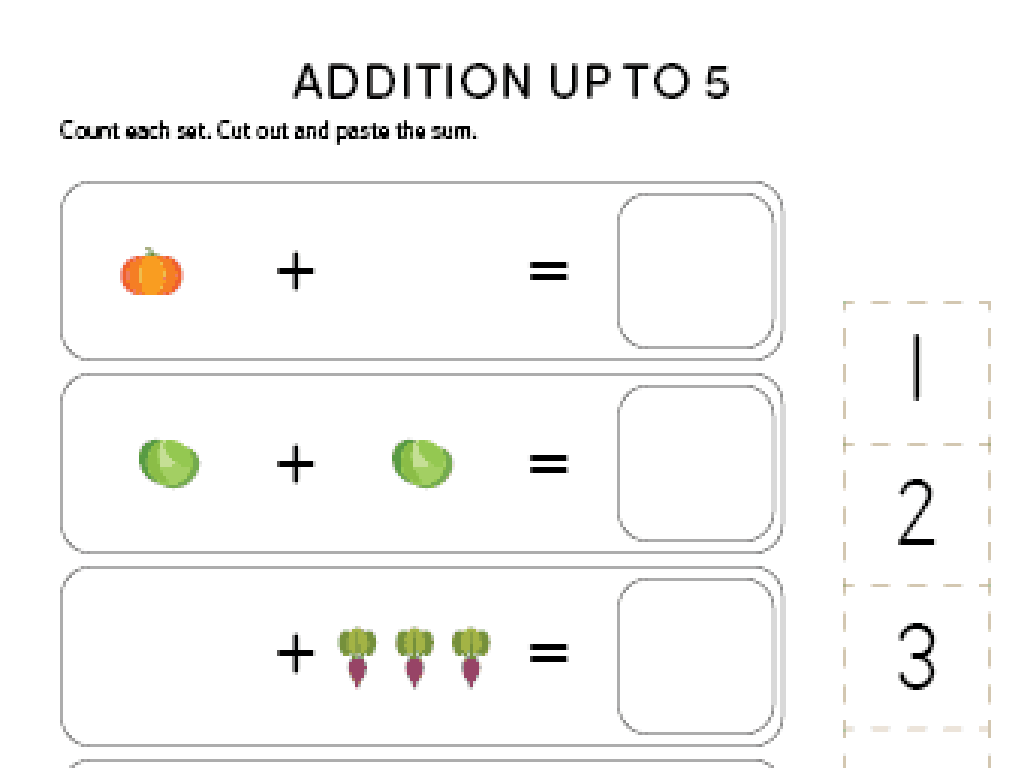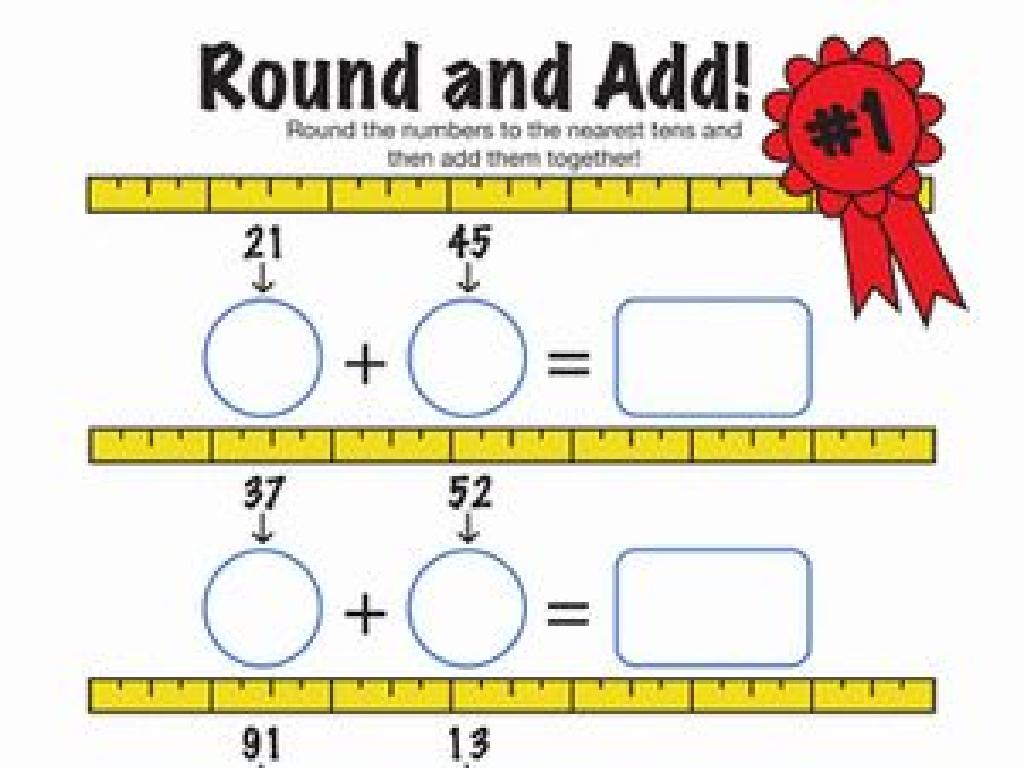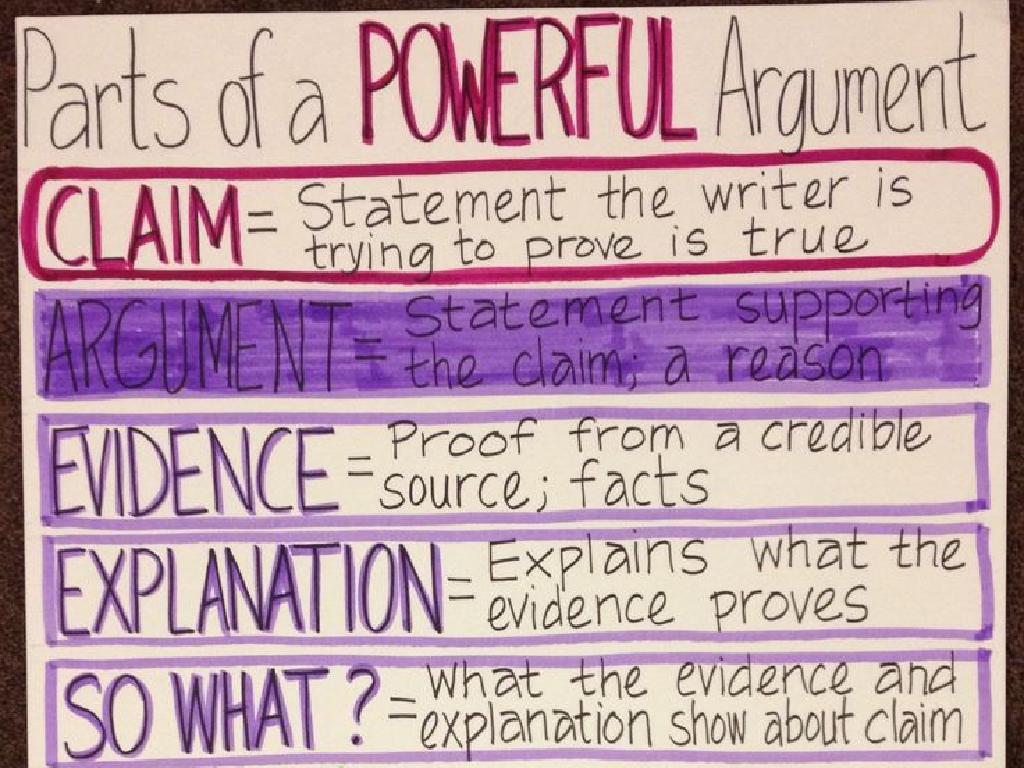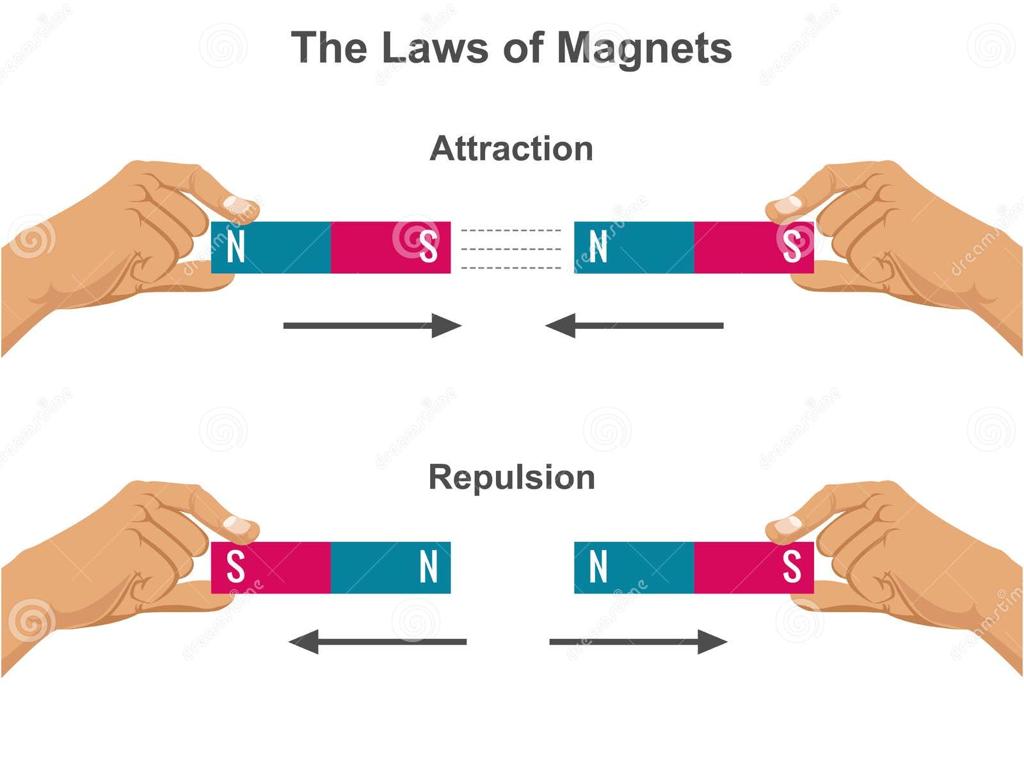Identify Congruent Figures
Subject: Math
Grade: Eighth grade
Topic: Transformations And Congruence
Please LOG IN to download the presentation. Access is available to registered users only.
View More Content
Understanding Congruence in Transformations
– Define transformations and congruence
– Transformations include rotation, reflection, translation, or resizing
– Criteria for figures to be congruent
– Congruent figures have the same size and shape, but may be flipped or rotated
– Today’s goal: Identifying congruent figures
– Practice with examples
– Use shapes to show congruence through various transformations
|
Begin the lesson by explaining the concept of transformations, which are operations that alter the position or orientation of a figure. Emphasize that congruence means two figures have the same size and shape, regardless of their position or orientation. Today’s objective is for students to learn how to identify congruent figures, even when one figure has been rotated, reflected, or translated. Provide several pairs of shapes and ask students to determine if they are congruent, explaining the reasoning behind their answers. This will help students visualize and understand congruence in a practical way. Encourage students to ask questions and engage in hands-on activities to solidify their understanding.
Understanding Congruence in Geometry
– Define congruence in geometry
– Congruence means exact match in shape and size
– Congruent figures: shape and size
– Two figures that are the same in every way
– Examples of congruent figures
– Identical shapes: same angles and sides
– Non-examples to contrast
– Figures that look similar but differ in size or proportions
|
This slide introduces the concept of congruence, which is a fundamental idea in geometry. Congruence refers to figures that are identical in both shape and size. It’s crucial for students to understand that for two figures to be congruent, all corresponding sides and angles must be exactly the same. Provide clear examples of congruent figures, such as two circles with the same radius or two squares with sides of equal length. Also, present non-examples to show figures that may appear similar but are not congruent because they differ in size or proportions. This will help students to visually distinguish between congruent and non-congruent figures. Encourage students to bring in or draw their own examples and non-examples for discussion in the next class.
Congruent Figures in Action
– Moving figures to test congruence
– Transformations: Translation, Rotation, Reflection
– Slide, turn, or flip a shape without altering its size or shape
– Congruence-preserving transformations
– These operations do not change the size or shape of figures
– Demonstrating congruence with examples
– Use graph paper to translate, rotate, and reflect shapes to show congruence
|
This slide introduces students to the concept of congruent figures and how to determine if two figures are congruent through transformations. Congruence means that two figures have the same size and shape. To test for congruence, we can move one figure to overlap with another using transformations such as translation (sliding), rotation (turning), and reflection (flipping). It’s crucial to emphasize that these transformations do not alter the figures’ size or shape, thus preserving congruence. Provide examples using graph paper or interactive tools to demonstrate these transformations, ensuring students understand how congruent figures can be manipulated while remaining congruent. Encourage students to practice with various shapes to solidify their understanding.
Criteria for Congruent Figures
– SSS Congruence Criterion
– Three sides of one triangle are equal to three sides of another
– SAS Congruence Criterion
– Two sides and the included angle of one triangle are equal to another
– ASA Congruence Criterion
– Two angles and the included side of one triangle are equal to another
– RHS Congruence for Right Triangles
– Right angle, hypotenuse, and one side are equal in two right triangles
|
This slide introduces the criteria for determining congruent figures, specifically triangles. Congruence means that all corresponding sides and angles are equal. The SSS criterion states that if three sides of one triangle are equal to three sides of another, the triangles are congruent. The SAS criterion requires two sides and the included angle to be equal. The ASA criterion looks for two angles and the included side to be equal. Lastly, the RHS criterion is a special case for right-angled triangles, where if the right angle, hypotenuse, and one other side are equal, the triangles are congruent. Use examples of each criterion to illustrate the concept clearly. Encourage students to practice identifying congruent figures using these criteria.
Identifying Congruent Figures
– Criteria for congruence
– Two figures are congruent if they have the same shape and size.
– Comparing figures using criteria
– Use SSS, SAS, ASA, AAS, and HL to determine congruence.
– Practice with figure pairs
– Find pairs of congruent figures in class activity.
– Understanding congruence application
|
This slide introduces the concept of congruence in geometry, which is a fundamental topic in the study of transformations and congruence. Students should understand that congruent figures are identical in shape and size, but may be flipped, rotated, or moved. The congruence criteria such as Side-Side-Side (SSS), Side-Angle-Side (SAS), Angle-Side-Angle (ASA), Angle-Angle-Side (AAS), and Hypotenuse-Leg (HL) are tools to help compare different figures and determine if they are congruent. During the practice activity, students will work in pairs to identify congruent figures, which will help solidify their understanding of the criteria. Encourage students to explain why the figures are congruent using the correct terminology and criteria. This exercise will prepare them for more complex problems involving congruent figures.
Real-Life Congruence
– Congruence in nature and items
– Examples: leaves, snowflakes, and machine parts
– Importance of congruence
– Ensures consistency and fit in various applications
– Congruence in product design
– Designing parts to fit together perfectly
– Congruence in manufacturing
– Producing identical parts for assembly
|
This slide aims to show students how the concept of congruence is not just a mathematical idea but is also prevalent in the world around them. From the symmetry in leaves and the unique patterns of snowflakes to the precision in manufactured items like machine parts, congruence ensures consistency and functionality. In product design, congruence is crucial for creating parts that fit together seamlessly, which is also essential in manufacturing processes to produce identical parts for efficient assembly. Discussing these real-life applications helps students understand the practical importance of congruence in everyday life and various industries.
Class Activity: Congruent Figure Hunt
– Find pairs of congruent figures
– Draw and label the figures
– Work in pairs to explain congruency
– Discuss the criteria for congruence: shape, size, and angle measures
– Share and discuss with the class
|
This interactive class activity is designed to help students apply their knowledge of congruent figures in a practical setting. Students will search for real-life examples of congruent figures in the classroom or their textbooks, then work in pairs to draw and label these figures, ensuring they understand the properties that make them congruent. They should focus on the criteria for congruence, such as identical size, shape, and angle measures. Afterward, students will present their findings to the class, fostering a discussion that reinforces the concept of congruence. As a teacher, be prepared to guide the activity by suggesting possible figure pairs, facilitating discussions, and providing feedback. Possible activities for different pairs could include finding congruent shapes in geometry box tools, architectural elements in the classroom, or illustrations in math textbooks.
Conclusion: Understanding Congruence
– Review congruence definition
– Congruence means identical in form; congruent figures have the same size and shape.
– Recap congruence criteria
– Figures are congruent if they have the same angles and side lengths.
– Engage in Q&A session
– Time to ask questions and clear up any confusion about congruent figures.
– Reinforce learning outcomes
|
As we wrap up today’s lesson on congruent figures, let’s revisit the key concepts. Congruence in geometry refers to two figures that are the same in size and shape. To determine if figures are congruent, we check if all corresponding angles and side lengths are equal. Use this time to engage with students, encouraging them to ask questions to clarify their understanding. Address any misconceptions and reinforce the criteria for identifying congruent figures. This recap solidifies the learning outcomes and ensures students are well-prepared for related exercises and assessments.






